Introduction: The Art of Stir-Frying Potatoes
In the vast culinary landscape, potatoes stand as a versatile and beloved ingredient. Their ability to adapt to various cooking methods and flavors makes them a staple in many kitchens worldwide. Among the myriad of ways to prepare potatoes, stir-frying stands out as a technique that can bring out their natural sweetness, create a delightful crunch on the outside while keeping the inside tender, and allow for the infusion of a myriad of flavors. This article delves into the intricacies of how to stir-fry potatoes to perfection, ensuring that every bite is a delightful explosion of taste and texture.
Understanding the Potato: Varieties and Preparation
Before diving into the stir-frying process, it’s crucial to understand the different types of potatoes and how they react to heat. The most common varieties include Russet, Yukon Gold, Red Bliss, and Fingerling. Each variety has its unique characteristics that influence how they should be cooked.
- Russet Potatoes: Known for their high starch content and fluffy interior, Russets are ideal for baking but can also be used for stir-frying if you prefer a fluffy yet slightly crispy texture.
- Yukon Gold: These potatoes have a creamy texture and a rich, buttery flavor, making them excellent for stir-fries that require a balance of flavor and texture.
- Red Bliss: With their waxy texture and sweet flavor, Red Bliss potatoes hold their shape well during stir-frying, making them perfect for dishes that require a firm bite.
- Fingerling: These small, elongated potatoes are dense and creamy, with a slightly nutty flavor. They are ideal for stir-fries that benefit from their unique shape and texture.
When preparing potatoes for stir-frying, the first step is to wash them thoroughly to remove any dirt. Next, peel them if desired (some recipes call for leaving the skin on for added texture and nutrients). Cut the potatoes into uniform pieces to ensure even cooking. The size of the pieces will depend on your preference; smaller cubes or slices will cook faster and create a crispier exterior, while larger chunks will retain more moisture and a softer interior.
The Importance of Soaking: Removing Excess Starch
One crucial step often overlooked in stir-frying potatoes is soaking them in cold water after cutting. Potatoes, especially high-starch varieties like Russets, release starch when cut. This starch can cause the potatoes to stick together during stir-frying, resulting in a clumpy texture. Soaking the cut potatoes in cold water for about 30 minutes helps to draw out excess starch, preventing sticking and promoting a crispier exterior.
After soaking, drain the potatoes well. You can use a colander or a clean kitchen towel to pat them dry. Removing as much moisture as possible is essential because excess water can cause the oil to splatter during stir-frying and can also prevent the potatoes from browning properly.
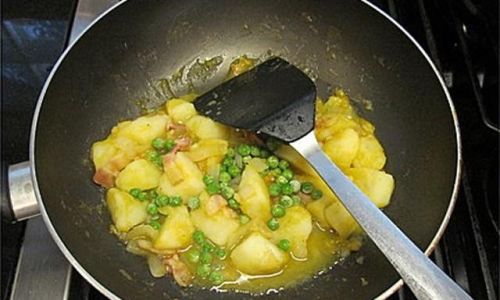
Choosing the Right Oil: Flavor and Temperature
The type of oil you use for stir-frying potatoes can significantly impact the final dish. Here are a few options to consider:
- Vegetable Oil: Neutral in flavor, with a high smoking point, making it ideal for high-heat cooking without imparting unwanted flavors.
- Canola Oil: Similar to vegetable oil, with a high smoking point and a mild flavor, suitable for stir-frying.
- Peanut Oil: Known for its high smoking point and slightly nutty flavor, which can enhance the taste of the stir-fried potatoes.
- Avocado Oil: A healthier option with a high smoking point and a rich, buttery flavor that complements potatoes well.
Avoid using olive oil for stir-frying potatoes, as its lower smoking point can cause it to smoke and burn, imparting an unpleasant flavor to the dish.
The Stir-Frying Technique: Achieving Crispiness and Flavor
Now, let’s dive into the stir-frying process itself. The goal is to achieve a golden-brown, crispy exterior while keeping the interior tender and flavorful. Here’s a step-by-step guide:
-
Preheat the Pan: Start by heating your skillet or wok over medium-high heat. Preheating ensures that the oil reaches the right temperature before adding the potatoes, promoting even cooking and browning.
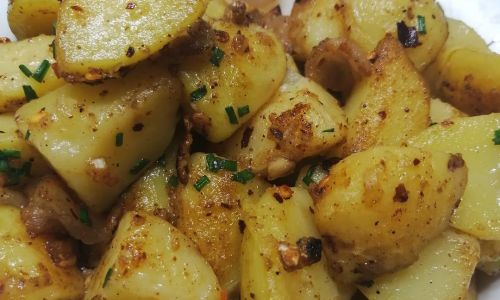
-
Add Oil: Pour enough oil to coat the bottom of the pan. The amount will depend on the size of your pan and the quantity of potatoes. Generally, about 2-3 tablespoons of oil is sufficient for a standard skillet.
-
Test the Oil: Before adding the potatoes, test the oil’s readiness by flicking a small drop of water into the pan. If it sizzles and dances around, the oil is hot enough.
-
Add Potatoes: Carefully add the drained and dried potatoes to the hot oil, spreading them out in a single layer to ensure even cooking. Avoid overcrowding the pan, as this will reduce the temperature of the oil and prevent proper browning.
-
Stir-Fry: Stir-fry the potatoes continuously, using a spatula or wooden spoon to toss and turn them. This ensures even cooking and prevents burning. The initial stage may require frequent stirring to prevent sticking. As the potatoes begin to brown, you can reduce the stirring to allow for more browning and crisping.
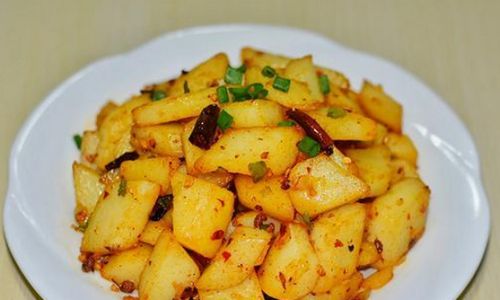
-
Adjust the Heat: If the potatoes are browning too quickly, lower the heat slightly to prevent burning. Conversely, if they are cooking too slowly, increase the heat to maintain an even cooking temperature.
-
Seasoning: Once the potatoes are about halfway cooked, it’s time to add seasonings. Salt is essential, as it enhances the natural flavors of the potatoes. You can also add black pepper, garlic powder, paprika, or any other spices that complement your taste preferences. For a more complex flavor profile, consider adding minced garlic or ginger at this stage, stirring constantly to prevent burning.
-
Finishing Touches: Continue to stir-fry until the potatoes are golden brown and crispy on the outside, yet tender on the inside. This can take anywhere from 10 to 15 minutes, depending on the size and variety of the potatoes. If desired, you can add chopped herbs like parsley, chives, or dill at the end for a fresh, aromatic finish.
Adding Ingredients for Flavor Depth
Stir-fried potatoes can be elevated to new heights by incorporating additional ingredients that add layers of flavor and texture. Here are a few ideas:
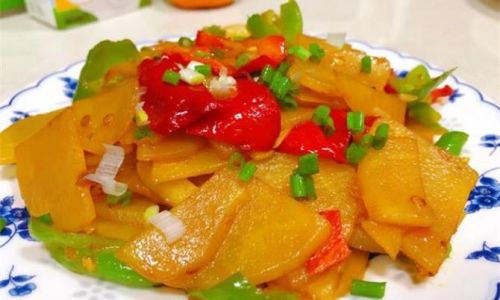
- Onions and Bell Peppers: These vegetables add sweetness and crunch, making the dish more vibrant and colorful.
- Garlic and Ginger: These aromatic ingredients provide a savory, slightly spicy backbone that complements the potatoes perfectly.
- Meat or Tofu: Adding diced chicken, pork, beef, or tofu can turn your stir-fried potatoes into a complete meal.
- Sauces: Stir in a bit of soy sauce, oyster sauce, or hoisin sauce for added umami and richness.
- Cheese: For a unique twist, sprinkle grated Parmesan or cheddar cheese over the stir-fried potatoes just before serving. The melted cheese adds a creamy, indulgent element.
Serving Suggestions
Stir-fried potatoes are incredibly versatile and can be served in various ways. Here are a few serving suggestions:
- As a Side Dish: Pair them with grilled meats, roasted vegetables, or stir-fried seafood for a balanced meal.
- Over Rice or Noodles: Serve them over a bed of steamed rice or noodles for a hearty, satisfying meal.
- In a Salad: Add them to a salad with mixed greens, cherry tomatoes, and a vinaigrette dressing for a refreshing, light dish.
- In a Wrap or Sandwich: Use them as a filling for wraps, pitas, or sandwiches for a portable, delicious lunch or dinner.
Conclusion: Mastering the Stir-Fry
Stir-frying potatoes may seem like a simple task, but achieving perfection requires attention to detail, the right ingredients, and a bit of practice. By following the steps outlined in this article, you’ll be able to create stir-fried potatoes that are crispy on the outside, tender on the inside, and bursting with flavor. Whether you’re cooking for a family dinner, a friend’s gathering, or just yourself, stir-fried potatoes are a delightful and satisfying dish that never disappoints. Happy cooking!
This comprehensive guide covers the essentials of stir-frying potatoes, from understanding the different potato varieties and their preparation to choosing the right oil, mastering the stir-frying technique, and incorporating additional ingredients for flavor depth. With these tips and tricks, you’ll be able to create delicious, crispy stir-fried potatoes that will become a staple in your kitchen. Enjoy your culinary journey!
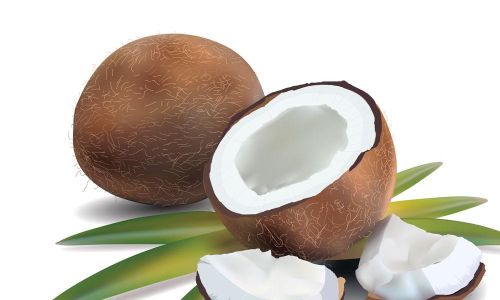

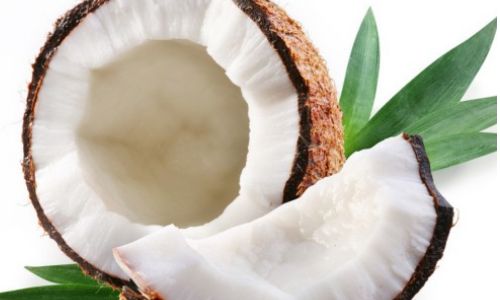
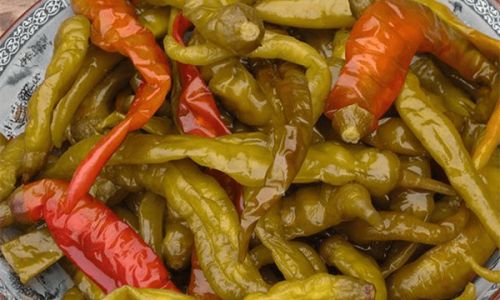
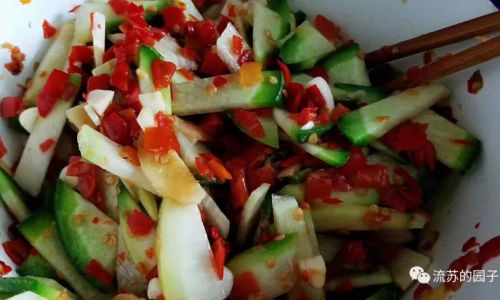
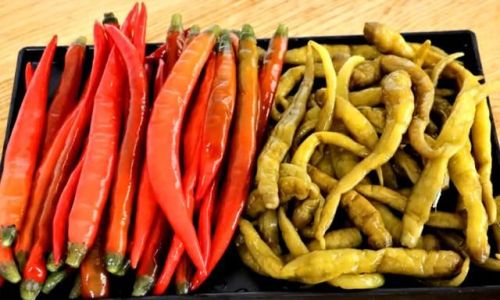
0 comments